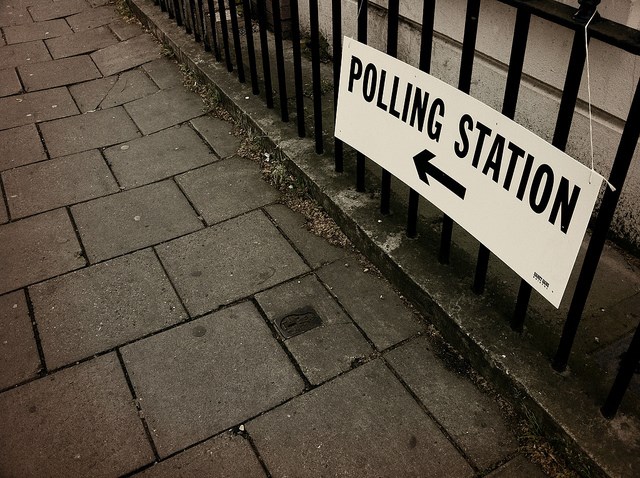There’s been forward movement on how Squamish, along with the rest of province, will vote on electoral reform this fall.
The province announced that it has accepted the attorney general’s recommendations on how the referendum for a new voting system will take place.
“Regulations are being prepared, and the government will ask Elections BC to review the question, to ensure that the language used is clear and simple to understand,” said Premier John Horgan in a news release today.
Horgan also said that if a new voting system is adopted in this year’s upcoming referendum, another vote will be held after two election cycles.
This follow-up would ask British Columbians if they wish to keep the new voting system.
There was some criticism from the BC Liberals on the matter, however.
“This entire process has been flawed and rushed from start to finish,” said Andrew Wilkinson, leader of the party, in a news release after the announcement.
“The premier broke his promise for a simple ‘yes or no’ question; the attorney general is not a neutral arbiter; and communities in every corner of the province won’t have any clarity on how their ridings will be impacted because new maps will not be drawn.
“The alternatives to first-past-the-post are convoluted and confusing, with two options that have never been used and a third that was already rejected in two previous referenda.”
Last week, Attorney General David Eby submitted suggestions for how the fall referendum should be structured.
Among those suggestions were the two proposed questions that would be put on the ballots.
They are:
1. Which should British Columbia use for elections to the Legislative Assembly (Vote for only one.):
— The current First Past the Post voting system
— A proportional representation voting system
2. If British Columbia adopts a proportional representation voting system, which of the following voting systems do you prefer? (Vote for the voting systems you wish to support by ranking them in order of preference. You may choose to support one, two or all three of the systems.):
— Dual Member Proportional (DMP)
— Mixed Member Proportional (MMP)
— Rural-Urban PR



